Ethereum is gearing up for its next major hard fork, Fusaka, tentatively slated for November 2025. As someone who’s been following Ethereum’s development, I’m excited to share a detailed look at what Fusaka brings to the table, based on recent sources like Cointelegraph, Ethereum’s official EIP repository, and community discussions. This post aims to break down the technical details while also touching on aspects relevant to keeping things clear and avoiding hype.
Understanding Hard Forks
A hard fork is a significant update to Ethereum’s blockchain protocol, requiring all nodes (computers running the network) to upgrade to the new software. If nodes don’t update, they can’t participate in the new network, making coordination critical. Ethereum has a strong track record with hard forks, like the recent Pectra upgrade, which introduced account abstraction (simplifying wallet interactions), increased validator staking limits, and optimized Layer 2 networks for faster, cheaper transactions.
What is Fusaka?
Fusaka is the next step in Ethereum’s roadmap, following Pectra. Scheduled for a potential November 2025 launch, it aims to enhance the network’s efficiency and scalability. This is crucial as Ethereum faces growing demand from decentralized finance (DeFi), non-fungible tokens (NFTs), and Layer 2 solutions like rollups, which handle transactions off-chain while settling on Ethereum.
The name “Fusaka” doesn’t have a clear origin in the sources, but it’s likely a nod to Ethereum’s tradition of upgrade names (think “Dencun” or “Pectra”). The fork is designed to make Ethereum more robust, capable of processing more transactions without compromising decentralization or security.
Key Features and Ethereum Improvement Proposals (EIPs)
Fusaka includes a set of Ethereum Improvement Proposals (EIPs), which are standardized suggestions for improving the protocol. Here’s a rundown of the key EIPs, based on the official EIP-7607 meta proposal:
EIP-7594: PeerDAS - Peer Data Availability Sampling
- What it does: PeerDAS allows nodes to verify data availability by sampling small chunks instead of downloading entire datasets. This is a big deal for Layer 2 rollups, which rely on Ethereum for data storage.
- Impact: Reduces the computational load on nodes, enabling higher transaction throughput and lower fees on Layer 2s. It’s a step toward Ethereum’s “danksharding” vision for massive scalability.
- Why it matters: For developers, this means faster, cheaper dApps. For traders, increased Layer 2 adoption could drive ETH demand, though market effects are speculative.
EIP-7825: Transaction Gas Limit Cap
- What it does: Caps the maximum gas a single transaction can use, likely at 16.7 million (2^24), though earlier proposals suggested 30 million.
- Impact: Prevents any single transaction from hogging block space, reducing the risk of Denial-of-Service (DoS) attacks and improving network stability.
- Why it matters: Enhances predictability for transaction costs, benefiting users sending transactions or deploying smart contracts.
Other Notable EIPs
The following EIPs, listed in EIP-7607, address specific optimizations:
| EIP Number | Title | Description |
|---|---|---|
| 7823 | Set upper bounds for MODEXP | Limits gas costs for modular exponentiation, a cryptographic operation, to prevent abuse. |
| 7883 | ModExp Gas Cost Increase | Adjusts gas pricing for modular exponentiation to reflect its computational cost. |
| 7892 | Blob Parameter Only Hardforks | Simplifies hard forks by focusing on blob-related changes, improving efficiency. |
| 7917 | Deterministic proposer lookahead | Enhances consensus by making block proposer schedules more predictable. |
| 7918 | Blob base fee bounded by execution cost | Ensures blob fees (for large data like rollup transactions) align with execution costs. |
| 7934 | RLP Execution Block Size Limit | Sets limits on block size to maintain network performance. |
| 7935 | Set default gas limit to XX0M | Proposes a new default block gas limit, though the exact value (e.g., 45M or higher) is under discussion. |
| 7939 | Count Leading Zeros (CLZ) Opcode | Adds a new opcode for efficient computation, useful for certain smart contracts. |
| 7951 | Precompile for secp256r1 Curve Support | Supports a widely-used cryptographic curve, enabling new use cases like advanced signatures. |
| 7642 | eth/69 - Drop pre-merge fields | Removes outdated network fields from before Ethereum’s Merge to proof-of-stake. |
| 7910 | eth_config JSON-RPC Method | Adds a method for clients to query network configuration, improving interoperability. |
Notably, the controversial EVM Object Format (EOF) upgrade, which would have restructured smart contract bytecode, was removed from Fusaka due to technical uncertainties and timeline risks, as confirmed by Ethereum core developer Tim Beiko.
Gas Limit Discussions
The gas limit determines how many transactions can fit in a block, directly affecting Ethereum’s throughput. As of July 20, 2025, the network’s gas limit is at 37.3 million, up from 36 million, with nearly 50% of validators supporting a rise to 45 million, according to crypto.news. This increase could boost transaction capacity by about 25%.
For Fusaka, developers have proposed pushing the gas limit as high as 150 million to significantly scale Layer 1 execution. However, validators are cautious, favoring the more conservative 45 million to avoid potential performance issues. EIPs like 7935 and 7918 aim to make higher gas limits safer by optimizing gas pricing and block management. The final limit will depend on testing outcomes and validator consensus, reflecting Ethereum’s decentralized governance.
Development Timeline
Fusaka’s development is on a tight schedule:
- Devnets and Testnets: A new devnet with 11 EIPs is launching soon, followed by public testnets in September and October 2025.
- Mainnet Launch: Targeted for early November 2025, aligning with Devconnect in Buenos Aires (November 17–22).
- Challenges: Ethereum protocol support member Nixo highlighted concerns about meeting this deadline, noting the need for client releases within six weeks to ensure thorough testing.
The community is pushing for faster upgrades, with Fusaka coming just six months after Pectra, a sign of Ethereum’s accelerating development pace.
Glamsterdam: The Next Horizon
Looking beyond Fusaka, the Glamsterdam hard fork is planned for 2026, with its feature set to be finalized on August 1, 2025, during an AllCoreDevs meeting. One proposed upgrade, championed by developer Barnabé Monnot, is reducing block times from 12 seconds to 6 seconds. This could double transaction speeds, making DeFi dApps more responsive and improving user experience. Other features are still under discussion, and the community will provide feedback to shape Glamsterdam’s scope.
Implications for Ethereum Users and Traders
For users, Fusaka’s upgrades mean a more efficient network. PeerDAS will make Layer 2 solutions like Arbitrum and Optimism faster and cheaper, encouraging dApp development. The gas limit cap and other optimizations will enhance reliability, crucial for developers building complex smart contracts.
For traders, these changes could influence ETH’s market dynamics. Increased network capacity often correlates with higher transaction volumes, potentially boosting ETH demand as more users and dApps rely on the network. For instance, cryptonews notes ETH’s price nearing $4,000 amid gas limit increases, suggesting bullish sentiment. However, market reactions are unpredictable, and investors should consider broader economic factors and conduct their own research.
Potential Risks and Controversies
While Fusaka is promising, it’s not without challenges:
- Timeline Pressure: The tight schedule for Devconnect could lead to rushed testing, though developers are prioritizing stability.
- Gas Limit Debate: The push for a 150 million gas limit has sparked debate, with validators favoring a safer 45 million to avoid network strain.
- EIP Exclusions: Dropping EIP-7907 (contract size limit increase) and EOF disappointed some developers, but the focus on PeerDAS and stability reflects a cautious approach.
These trade-offs highlight Ethereum’s balance between innovation and reliability, a topic often debated in the community.
Conclusion
Fusaka is a pivotal upgrade for Ethereum, advancing its scalability and efficiency through EIPs like PeerDAS and gas limit optimizations. While the November 2025 target is ambitious, the community’s rigorous testing and governance processes aim to ensure a smooth rollout. Glamsterdam in 2026 will build on these improvements, potentially making Ethereum even faster. Whether you’re a developer, user, or trader, these upgrades are worth watching. Check out the sources below and share your thoughts in the comments!
Sources:
- Cointelegraph: Ethereum’s Fusaka fork tipped for November as Glamsterdam comes into view
- Ethereum EIPs GitHub: EIP-7607
- crypto.news: Ethereum gas limit rises toward 45M as ETH price eyes $4000
What do you think about Fusaka’s features or the gas limit debate?
[link] [comments]

You can get bonuses upto $100 FREE BONUS when you:
💰 Install these recommended apps:
💲 SocialGood - 100% Crypto Back on Everyday Shopping
💲 xPortal - The DeFi For The Next Billion
💲 CryptoTab Browser - Lightweight, fast, and ready to mine!
💰 Register on these recommended exchanges:
🟡 Binance🟡 Bitfinex🟡 Bitmart🟡 Bittrex🟡 Bitget
🟡 CoinEx🟡 Crypto.com🟡 Gate.io🟡 Huobi🟡 Kucoin.
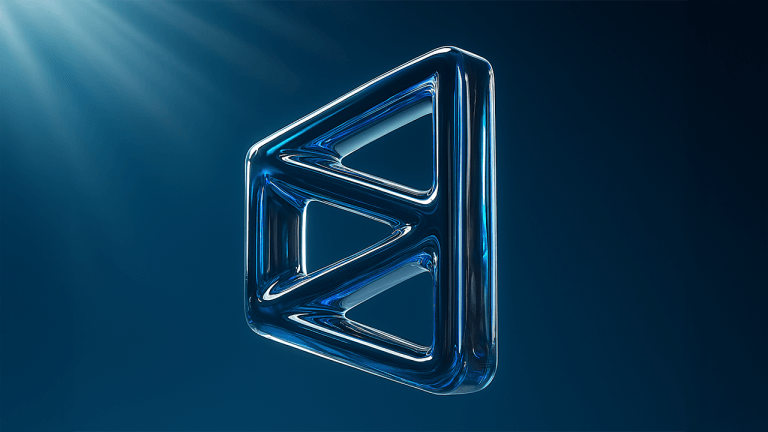
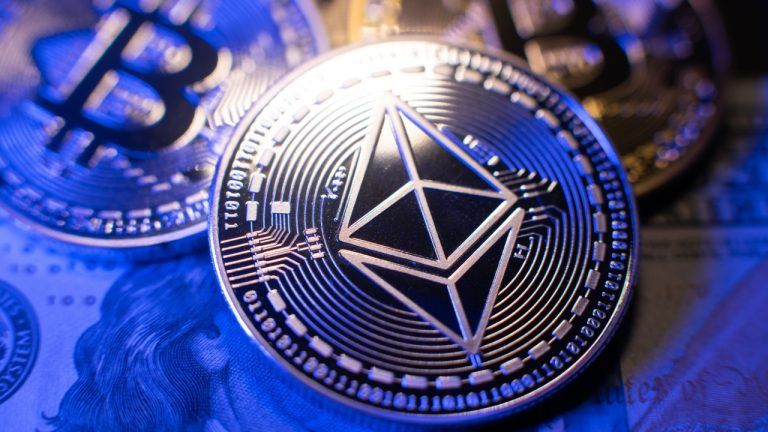

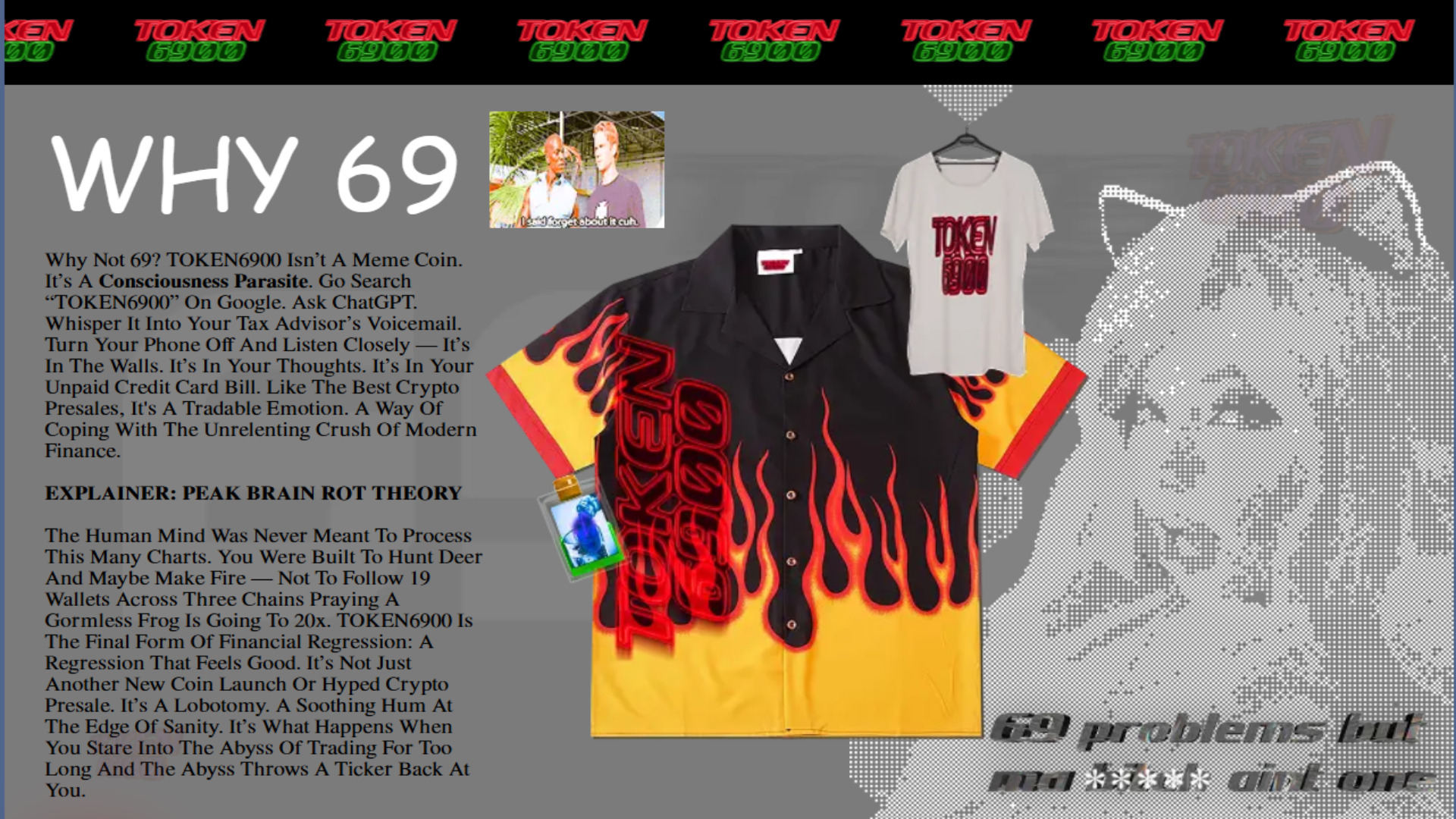


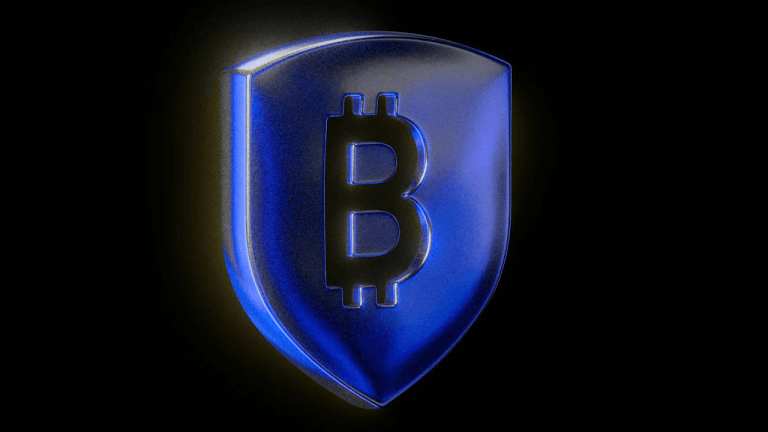

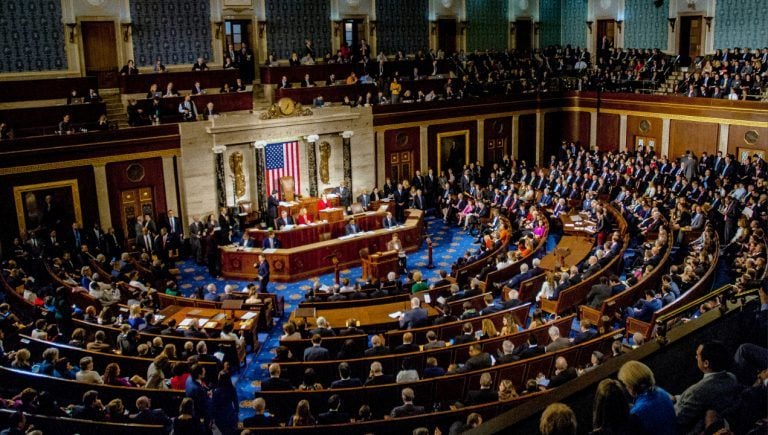

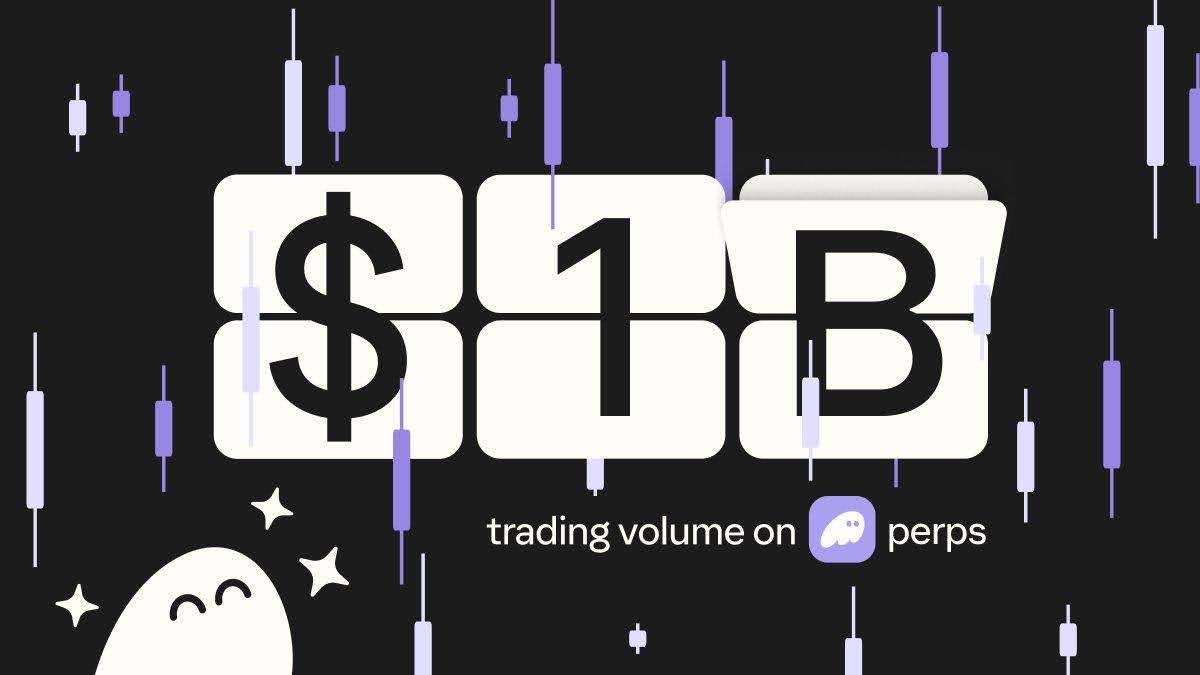

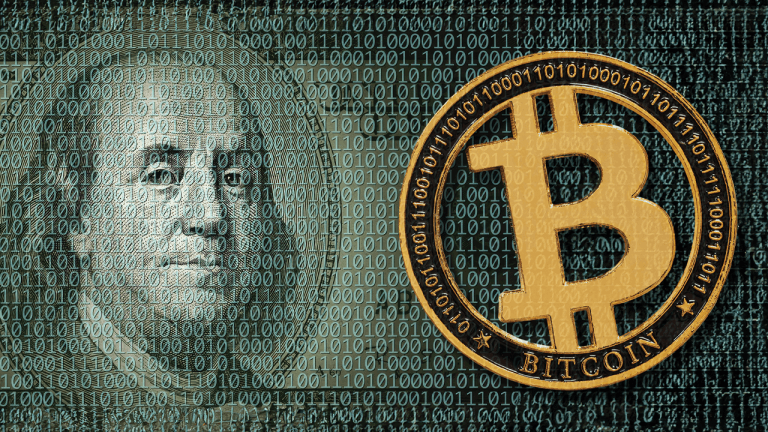
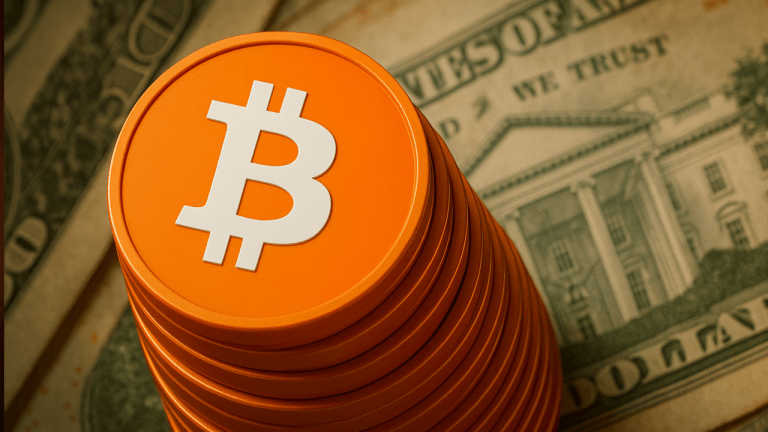


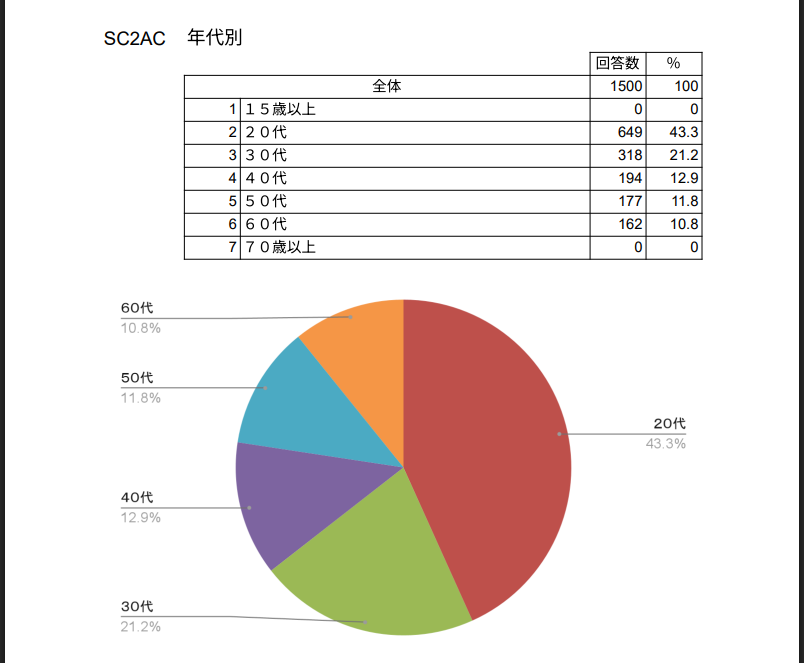
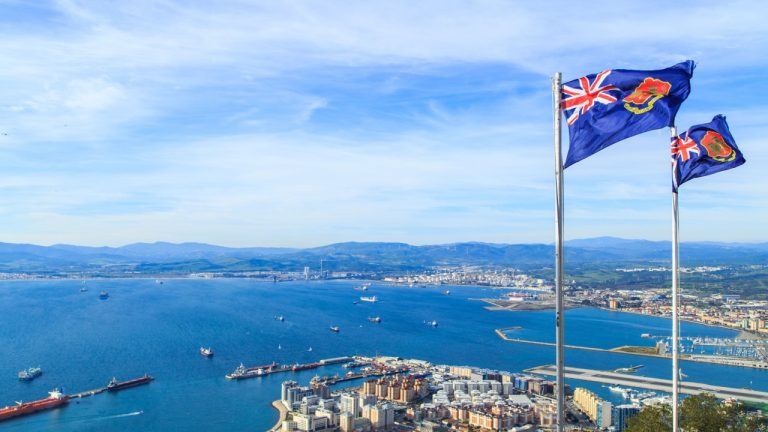

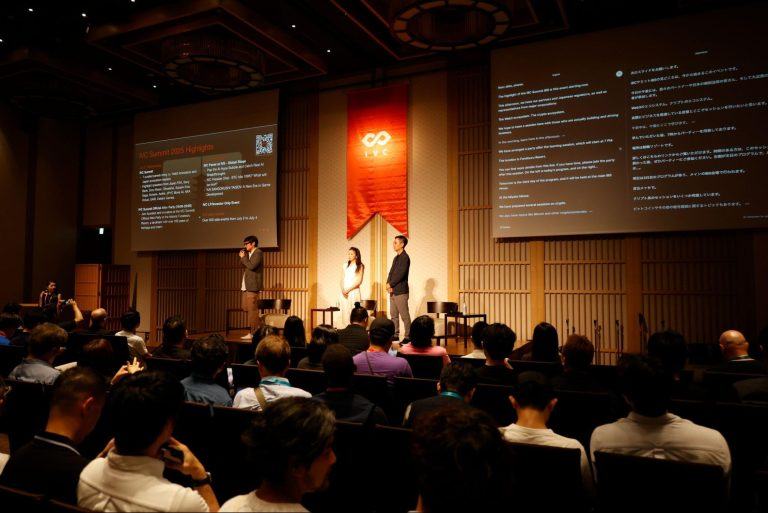
Comments